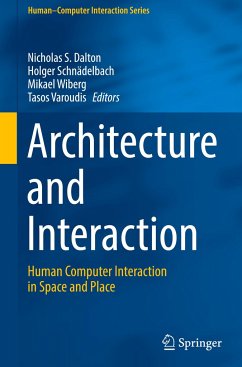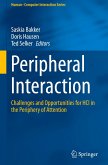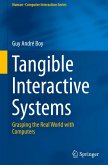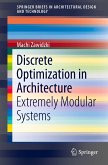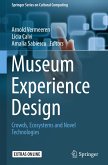Ubiquitouscomputing has a vision of information and interaction being embedded in theworld around us; this forms the basis of this book. Built environments aresubjects of design and architects have seen digital elements incorporated intothe fabric of buildings as a way of creating environments that meet the dynamicchallenges of future habitation.
Methods forprototyping interactive buildings are discussed and the theoretical overlapsbetween both domains are explored. Topics like the role of space and technologywithin the workplace as well as the role of embodiment in understanding howbuildings and technology can influence action are discussed, as well as investigating the creation of place with new methodologies toinvestigate the occupation of buildings and how they can be used to understandspatial technologies.
Architectureand Interactionis aimed at researchers and practitioners in the field of computing who want togain a greater insight into the challenges of creatingtechnologies in thebuilt environment and those from the architectural and urban design disciplineswho wish to incorporate digital information technologies in future buildings.
Methods forprototyping interactive buildings are discussed and the theoretical overlapsbetween both domains are explored. Topics like the role of space and technologywithin the workplace as well as the role of embodiment in understanding howbuildings and technology can influence action are discussed, as well as investigating the creation of place with new methodologies toinvestigate the occupation of buildings and how they can be used to understandspatial technologies.
Architectureand Interactionis aimed at researchers and practitioners in the field of computing who want togain a greater insight into the challenges of creatingtechnologies in thebuilt environment and those from the architectural and urban design disciplineswho wish to incorporate digital information technologies in future buildings.

